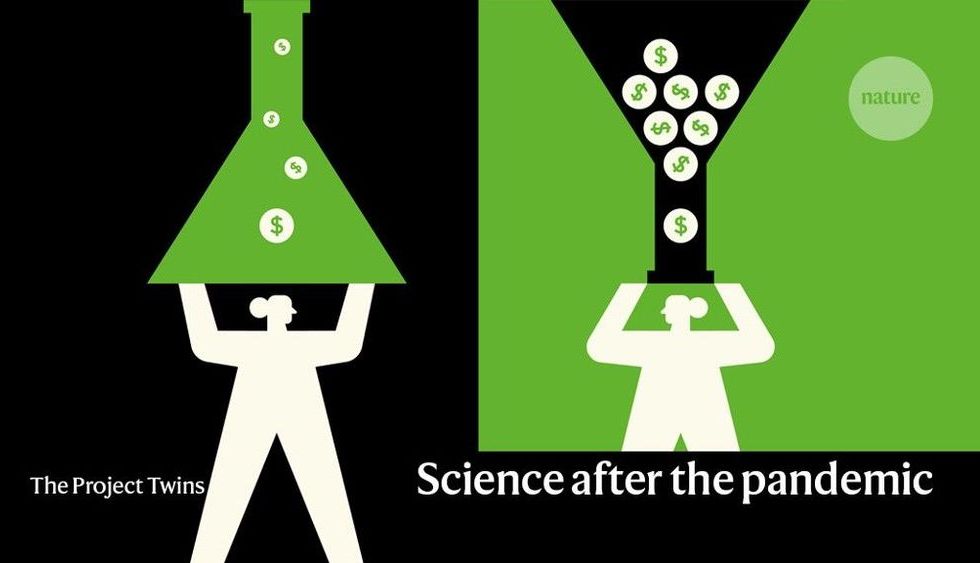Click on photo to start video.
Plans to go live.


A couple of WhatsApp group that I am a part of should be renamed the China Problem group. Ninety percent of discussions is on how China hijacked the world economy, how they do not deserve to do so, how all politicians have let us down, how they are stealing all intellectual property and how we are doomed if we do not stop downloading Tiktok.
All true. And no, this article is not about disagreeing with this narrative. This article is not about the fact that an average Chinese student in the US beats the hell of all other students (including Indians) in terms of hours she works and the only disadvantage she has is that her English is not good enough, but she is getting there.
No, this article is not about the fact that the people of China worked their butts off while Italians holidayed and French wanted a four-day workweek. No, this article is not about the fact that one cannot hire a decent machinist or a forger in India because all of them are sitting in call centres answering questions from technically-challenged Americans. Of course, I agree and support the view that China and its people do not deserve the place they have reached (I don’t want to be trolled). After all, they are intellectual property (IP) thieves and do not take four-week holidays. They should be punished.

Warrior: The Army must have some major efforts looking at what war may look like in 20 to 30 years?
Murray: “We have something called ‘Team Ignite.’ It is not a standing organization but a cross-functional team between my technologists and my scientists. One part is responsible for the technology at Combat Capabilities Development Command, another is a ‘future concepts’ unit at Fort Eustis, Va. and my concept writers at our Futures and Concepts Center. This forces the people who are thinking about future concepts to take technology into account because they technologists are right there with them. This forces them to think about how technology will change the concept… also it directly feeds what we should be investing in our science and technology areas.”
Gen. John Murray, commander of Army Futures Command, explains what future wars will look like.
Warrior: What are you doing with regard to looking at warfare in 2040?
Murray: “When it comes to the future operational environment and understanding what that will look like, the most important thing to understand is you are never going to be right. 2040ish is the focus area. My understanding is from a technology perspective, an economic perspective, a globalization perspective and a demographic perspective… it is all going to have an impact. We are trying to describe and not define what that may look like. If you get that right it really drives the concepts and drives the material you are going to need to operate in that environment.”

Last week, I wrote about the diversity problem in AI and why we need to fix it. I asked you to tell us about your experiences as a Black person in AI or share the names of Black colleagues you admire. Thank you to everyone who responded. It was heart-warming to hear from so many of you.
Many of you shared your frustration with the lack of mentors who understand your challenges, the alienation of being the only Black face at professional meetings, and the struggle to overcome economic and social inequalities. Black women, especially, wrote about the difficulties of building a career in AI. Some of you described your efforts to support Black people in science and technology and provide tech resources to underserved communities. Thank you for sharing with us your dreams and also your disappointments.
We will feature some of your stories in our Working AI blog series. Please stay tuned.

Like all countries, China is facing severe economic losses from the pandemic, and that will certainly have a negative impact on scientific research, because funding will be reduced and projects will be delayed, says physicist Wang Yifang, director of the Institute of High Energy Physics in Beijing. Some universities have already announced a cut in funding. The research budget given by the education ministry to Jiangnan University in Wuxi, for example, will drop by more than 25% for 2020, and other universities are facing similar reductions. “An overall budget cutting of government spending on higher education is highly possible, though the level and scope may vary by regions, universities and fields,” says Tang Li, a science-policy scientist at Fudan University in Shanghai.
The country is rapidly gaining on the United States in research, but problems could slow its rise: part 5 in a series on science after the pandemic.
Ira Pastor, ideaXme life sciences ambassador, interviews Dr. Eric Van Gieson, Program Manager in the Biological Technologies Office (BTO) at DARPA. https://www.darpa.mil/staff/dr-eric-van-gieson
Ira Pastor Comments
On several recent ideaXme episodes, we have spent time on different topics pertaining to human health, disease, degeneration and aging, focused on a variety of therapeutic and preventative interventions being developed in the private sector of the economy, both here in the U.S. and more broadly globally.
We’ve also had representatives from various independent agencies of the United States Federal Government, the UK government (UKRI), and other foreign governmental agencies, join us to discuss many of the exciting public sector discoveries and development occurring, that possess massive trickle down benefits to the general public.
For example, over the last few months ideaXme has had several guests that have worked in different roles within NASA (U.S. National Aeronautics and Space Administration) talking about how research in space, can help improve the lives of us on Earth, where topics have included the bio-dynamics of sub-orbital flight training, astrobiology on the International Space Station (ISS), and even isolation chamber training for physical / psychological dynamics pertaining to future missions back to the Moon and Mars.
DARPA:

The current health crisis has snowballed into a world economic crisis, where every old business norm has been challenged. In such times, we cannot fall back on old ways of doing our business. Today, three technologies
Internet of Things(IoT), Artificial Intelligence (AI), and blockchain are poised to change every aspect of enterprises and our lives. Now more than ever, organisations realise the pertinent need for a robust digital foundation for their businesses as their future plans have been disrupted. “To achieve that level of business sophistication holistically it is imperative that there is a seamless flow of data across all the functions of an enterprise. That requires connected data that is secure and one that is driven by connected intelligence,” Guruprasad Gaonkar, JAPAC SaaS Leader for ERP & Digital Supply Chain, Oracle told Moneycontrol in an interview:
How is India reacting to emerging technologies as compared to other Asia Pacific (APAC) regions?

The European Union wants a massive dose of research spending to lift it out of what could be the worst recession in its history. Last week, as part of a €1.85 trillion budget and pandemic recovery proposal, the European Commission, the EU executive arm, unveiled plans to pump €94.4 billion into research over 7 years, nearly €11 billion more than originally planned for the program, called Horizon Europe. But not everyone thinks the money is the best medicine.
Horizon Europe gets €13.5 billion to spend fast, spur growth.

As the pandemic’s economic toll grows around the world, some experts fear it could harm science for decades by putting many thousands of researchers out of work and forcing nations to slash funding as they rebuild societies. Others say the pandemic could highlight the importance of science and spur long-term support, especially for basic research, much as the Second World War did.
Financial crises could spell trouble for science budgets but spending could surge in some countries: part 2 in a series on science after the pandemic.

The Navy is also developing a family of unmanned surface vessels that are intended to increase the offensive punch for less money, while increasing the number of targets the Chinese military would have to locate in a fight.
That’s a push that earned the endorsement of Chief of Naval Operations Adm. Michael Gilday in comments late last year.
“I know that the future fleet has to include a mix of unmanned,” Gilday said. “We can’t continue to wrap $2 billion ships around 96 missile tubes in the numbers we need to fight in a distributed way, against a potential adversary that is producing capability and platforms at a very high rate of speed. We have to change the way we are thinking.”